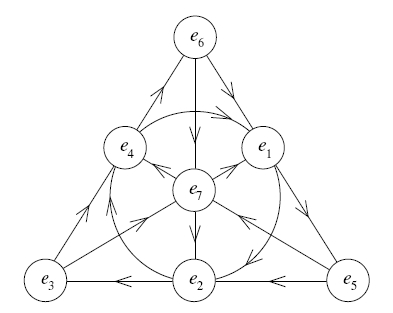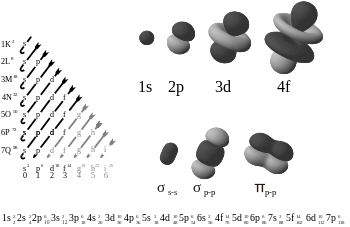8
Posted by John Baez
Next Saturday I’m going to the University of Glasgow to give talks about some of my favorite numbers: 5, 8 and 24. Different numbers have different personalities, as I try to explain here:
- Damien Henderson, Do numbers have personalities? You can count on it, The Herald, Sept. 6, 2008.
If you can’t attend, you can still pretend. So far I’m only satisfied with my talk on the number 8 — click on the title below to see the transparencies.
Abstract: The number 8 plays a special role in mathematics due to the “octonions”, an 8-dimensional number system where one can add, multiply, subtract and divide, but where the commutative and associative laws for multiplication — and — fail to hold. The octonions were discovered by Hamilton’s friend John Graves in 1843 after Hamilton told him about the “quaternions”. While much neglected, they stand at the crossroads of many interesting branches of mathematics and physics. For example, superstring theory works in dimensions because : the 2-dimensional worldsheet of a string has extra dimensions in which to wiggle around, and the theory crucially uses the fact that these dimensions can be identified with the octonions. Or: the densest known packing of spheres in dimensions arises when the spheres are centered at certain “integer octonions”, which form the root lattice of the exceptional Lie group . The octonions also explain the curious way in which topology in dimension resembles topology in dimension .
If you can attend, I hope you do! I think Eugenia Cheng, Simon Willerton and Danny Stevenson may be there… and surely Tom Leinster will, since he’s organizing the show. Details on the schedule can be found here.
By the way, I don’t like how the newspaper suggests I said schoolchildren have a “limited” understanding of mathematics. Did I really say that? Of course it’s true in some sense, but it misses the point in a mean-spirited way. It’s a bit like calling a baby “a short, weak kid who cries a lot and never talks”.
Note added later: you can now see a streaming video of this talk.




Re: 8
It looks like there is a typo in the slides, page 9, i^2 = j^2 = k^2 = ijk = 1. Probably this should be -1, as is stated later on page 11.